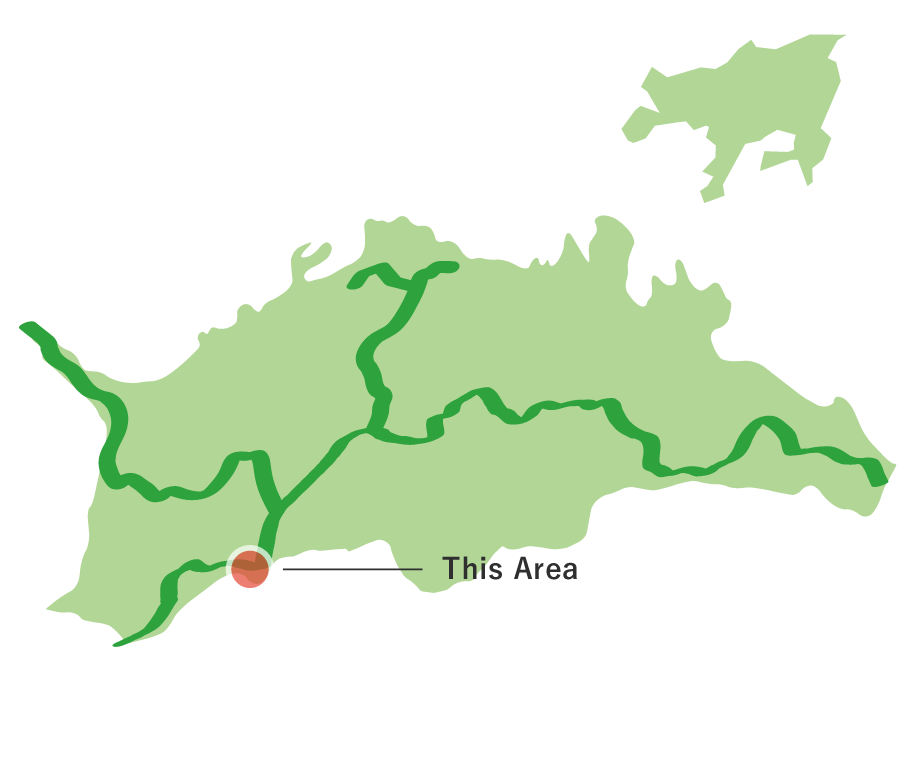The pilgrimage route of Unpenji Temple
The pilgrimage route of Unpenji Temple(7.6km)

 Spots to photograph
Spots to photograph
If you wish to receive a certificate, please take a photo that includes yourself at the designated photo point for each course.
Nearby sightseeing spots

-
1
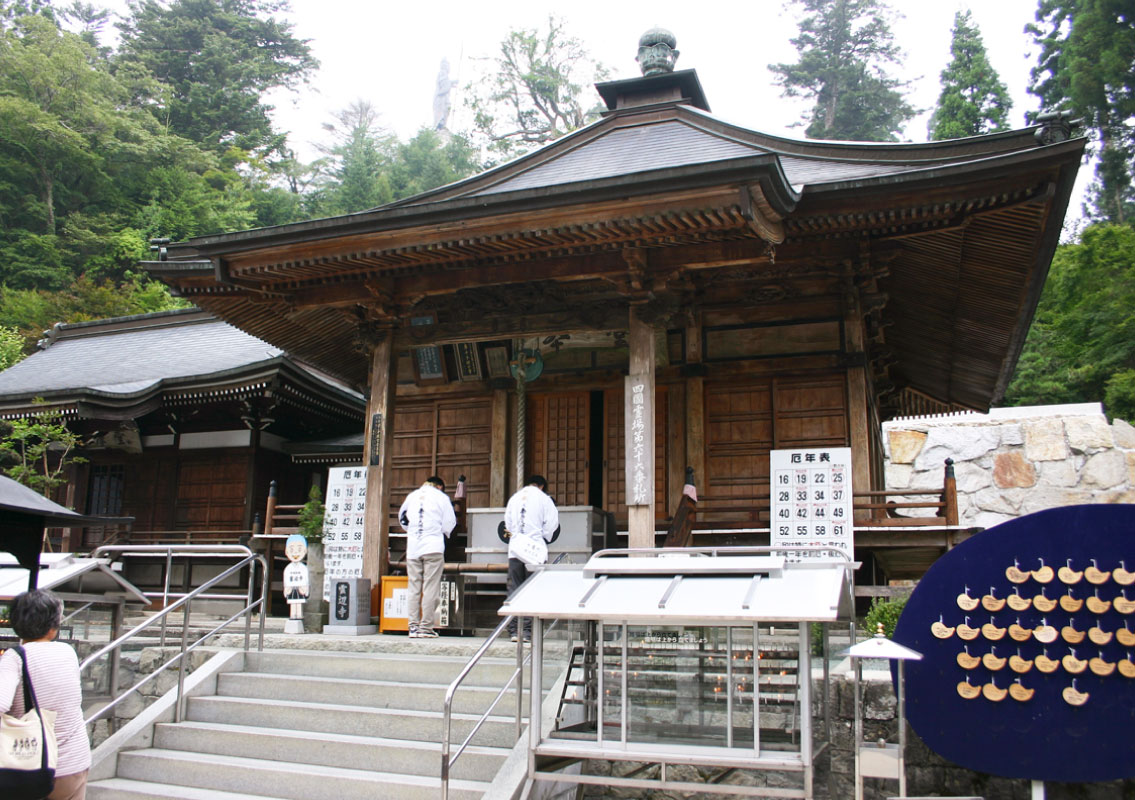 Unpenji Temple
Unpenji TempleUnpenji Temple’s honorary mountain prefix is “Kyogozan.” It is believed that this name was chosen because the shape of the mountain resembles a sleeping giant turtle. Unpenji Temple is the 66th temple of the Shikoku Pilgrimage. Located 900m above sea level, it has the highest altitude among all 88 temples. Its temple grounds are home to giant gingko trees known as “chichi-icho” and fir forests. Many hydrangea plants have also been planted along the main approach to the temple which will delight visitors during the rainy season in May. In fall, beautiful autumn colors can be seen here.
-
2
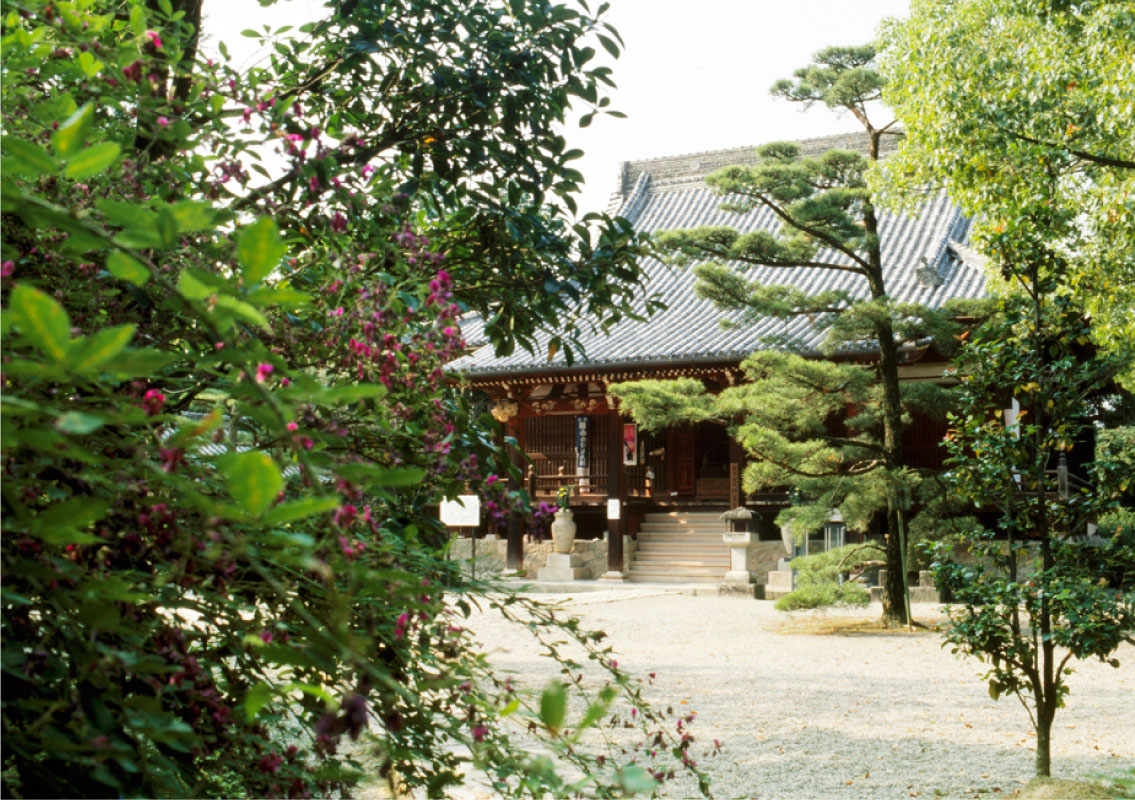 Hagiwaraji Temple
Hagiwaraji TempleAround 24 species of “hagi” (bushclover) totaling 2,000 plants bloom throughout the entire premises of Hagiwaraji Temple from mid- to late September, so this temple is also known as “Hagi-dera.”
-
3
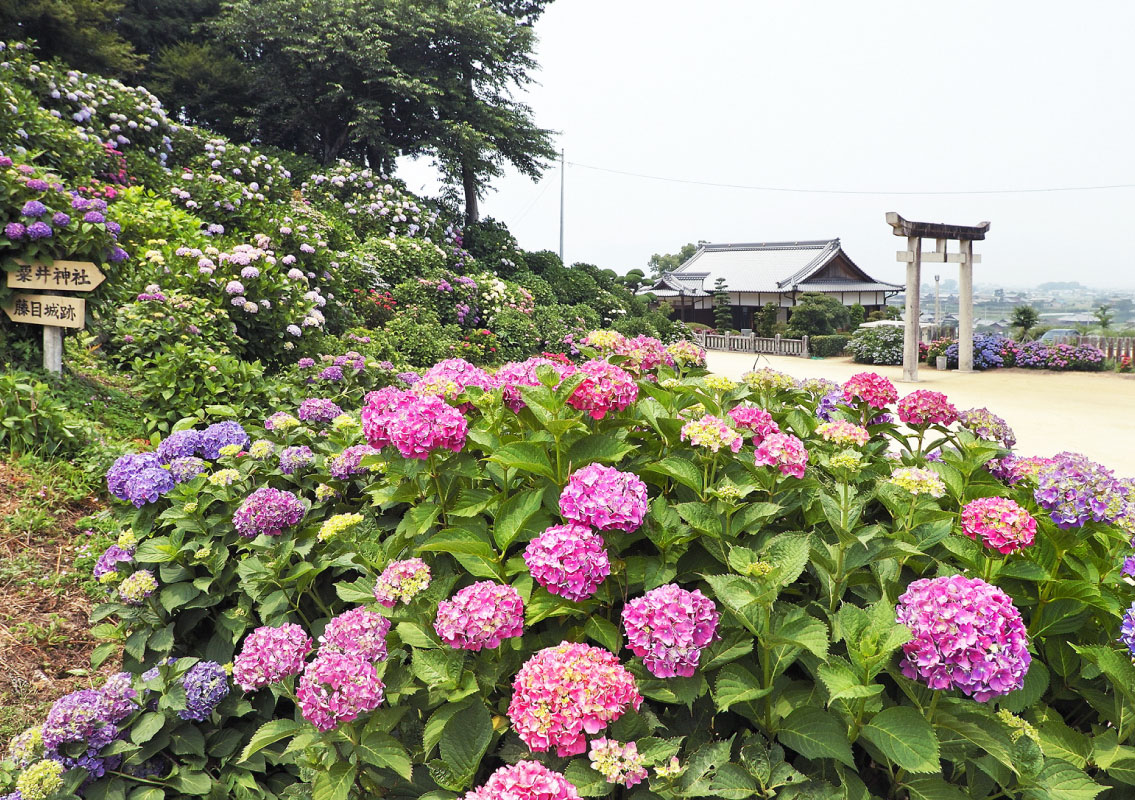 Awai Shrine
Awai ShrineAwai Shrine is one of the 24 shrines recorded in the Sanuki Engi-shiki. It is also affectionately known as “Ajisai no Miya (Hydrangea Palace)” among locals.
-
4
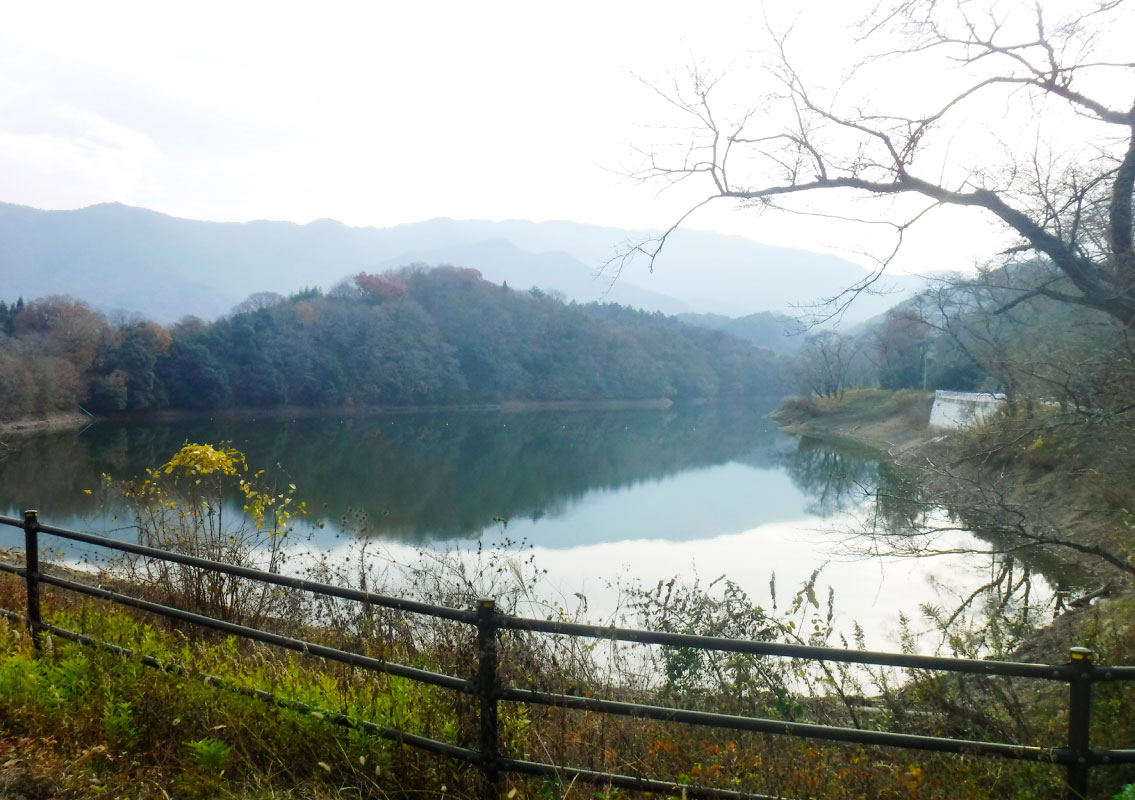 Sakase Lake
Sakase LakeSakase Lake is a serene lake surrounded by small hills. Around 100 sakura trees bloom here in spring, drawing large crowds of people who enjoy sakura-viewing. In fall, the surrounding hills are tinged with colorful hues as oranges are in season, suffusing the air with a sweet aroma.
-
5
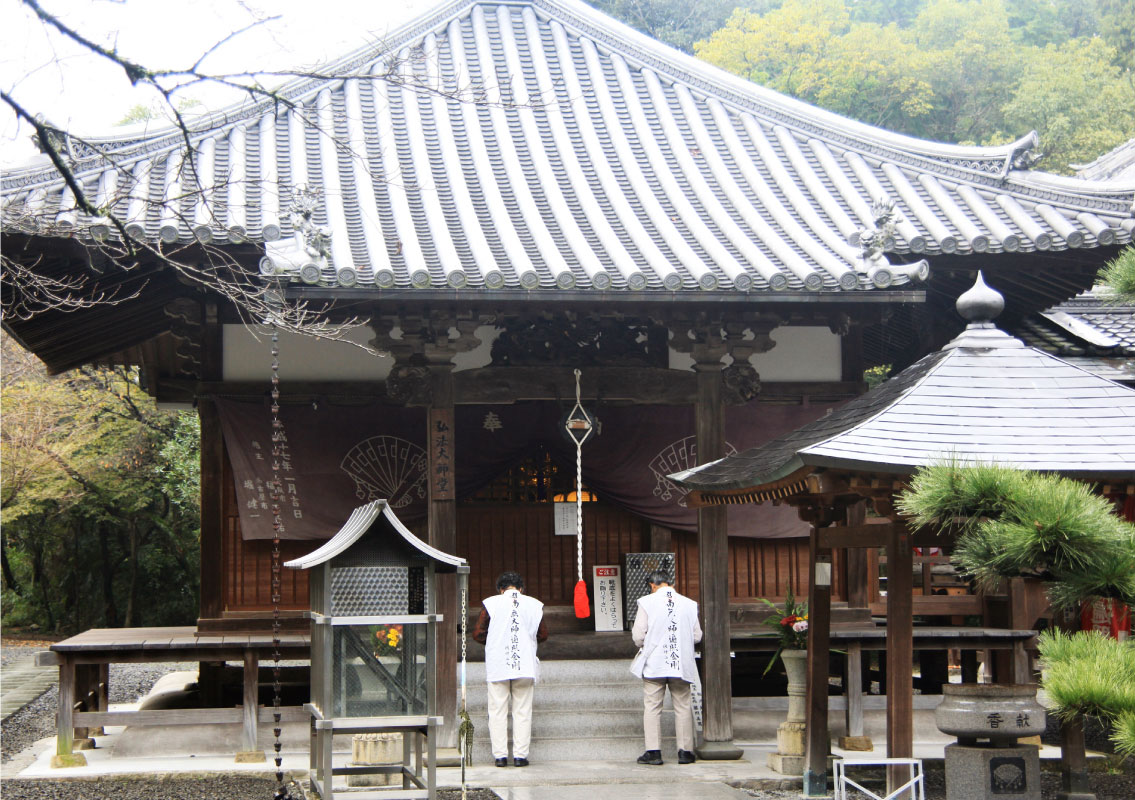 Daikoji Temple
Daikoji TempleDaikoji Temple’s honorary mountain prefix is “Komatsuoyama.” It is the 67th temple of the Shikoku Pilgrimage. This temple is enveloped by lush forests and can be seen in its rich natural surroundings from a distance. The entire area of its grounds has been designated as a green zone protected area where you can find a 1,200-year-old Japanese nutmeg yew (a natural monument in Kagawa Prefecture) as well as a 25m-tall giant camphor tree (a protected species of tree in Kagawa) with a chest-level trunk circumference of 6.7m.
